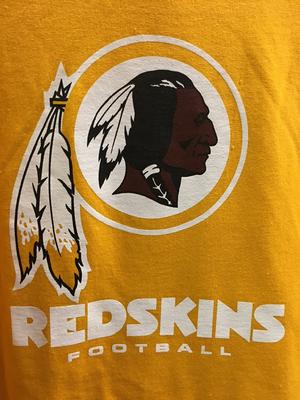Determining the proper dates of first use for a federal trademark application can vary depending on whether goods or services are offered with the trademark and also can vary depending on the particular business model being used. The first date of use anywhere is the first date that the trademark is used in a bona fide manner in the ordinary course of trade, and can take place in any country. For example, if a trademark is used as part of a genuine arms-length sale to a third party in Hong Kong on January 1, 2004 then that date would be the first date of use anywhere.
The date of first use in commerce is important because of its potential direct relationship to perfecting federal registration of a trademark in the US. The actual date of significance for the date of first use in commerce is the date upon which US federal laws attach to a commercial transaction involving the trademark. In other words, the date of first use in commerce is the date when the goods were first sold or transported, or the services were first rendered, under the trademark in a type of commerce that may be lawfully regulated by Congress, if such use is bona fide and in the ordinary course of trade.
For a business that is offering services over the internet, the date of first use in commerce is the first date on which services are advertised via the website and those services are available for delivery. If the business is offering services via a website, but is unable to actually deliver services at that time then the presence of the website does not provide support for establishing the date of first use in commerce. For example, if the business is offering financial services in conjunction with use of a trademark via a website, but has not yet completed the necessary business organization to complete such services (such as fulfillment processing and workflows necessary to complete the services), then the presence of the website alone will not count as the date of first use in commerce.
The date of first use in commerce for a business offering or advertising services on a website is when the business is actually ready to provide services and fill orders. For example, if the above hypothetical business is offering financial services in conjunction with use of a trademark via a website and has the necessary organization, systems, and equipment to complete the delivery of such services, then the presence of the website can be used to establish the date of first use in commerce.
Some other examples of what dates qualify as a date of first use in commerce follow below. If a business is offering goods in conjunction with a trademark through a website, the first date of use in commerce will depend on how the business is structured:
- If the goods are manufactured abroad and shipped directly to an end purchaser in the US in response to an order taken via a website, then the first date of actual use in commerce will be the date of first sale via the website presuming that US federal laws are implicated in the contract for sale.
- If the goods are manufactured abroad and shipped to a third party distributor, i.e., that is a separate entity from the manufacturer and end purchaser, then the first date of actual use in commerce will be the date of first sale to the distributor presuming that US federal laws are implicated in the sale.
- If the goods are manufactured abroad and shipped to the business’s own store or distribution center in the US for further sale to the end purchaser in response to website sales, then the first date of actual use in commerce will be the date when the distribution center makes a sale to a third party in another state. For example, if the business has product manufactured in China and shipped to its warehouse in Maryland, then a sale and shipment to a third-party also located in Maryland would not qualify as a first date of actual use in commerce. However, continuing with this example, if the distribution center makes a sale to a third party in New Jersey, then the date of that sale will become the date of first use in commerce.
When filing a trademark application it is important to note that the dates submitted to the US Patent and Trademark Office are submitted with the language “at least as early as” preceding the date. Accordingly, if there is doubt as to when the earliest date of use anywhere a business is not necessarily disadvantaged (nor is any legal estoppel created) by using the date of first use in commerce as the first date of use anywhere. Similarly, when a client is not precisely sure as to the date of first use in commerce in the US all that is important is that the date submitted is not prior to the actual date of first use in commerce. For example, if a trademark applicant knows that the first sale in interstate commerce occurred sometime in December 2011, there is no difficulty with listing January 1, 2012 as the date of first use in commerce. The date of first use anywhere will always be earlier than or the same as the date of first use in commerce in the US.
If you have any questions regarding your trademarks and related branding strategy, please contact Garcia-Zamor Intellectual Property Law, LLC.







